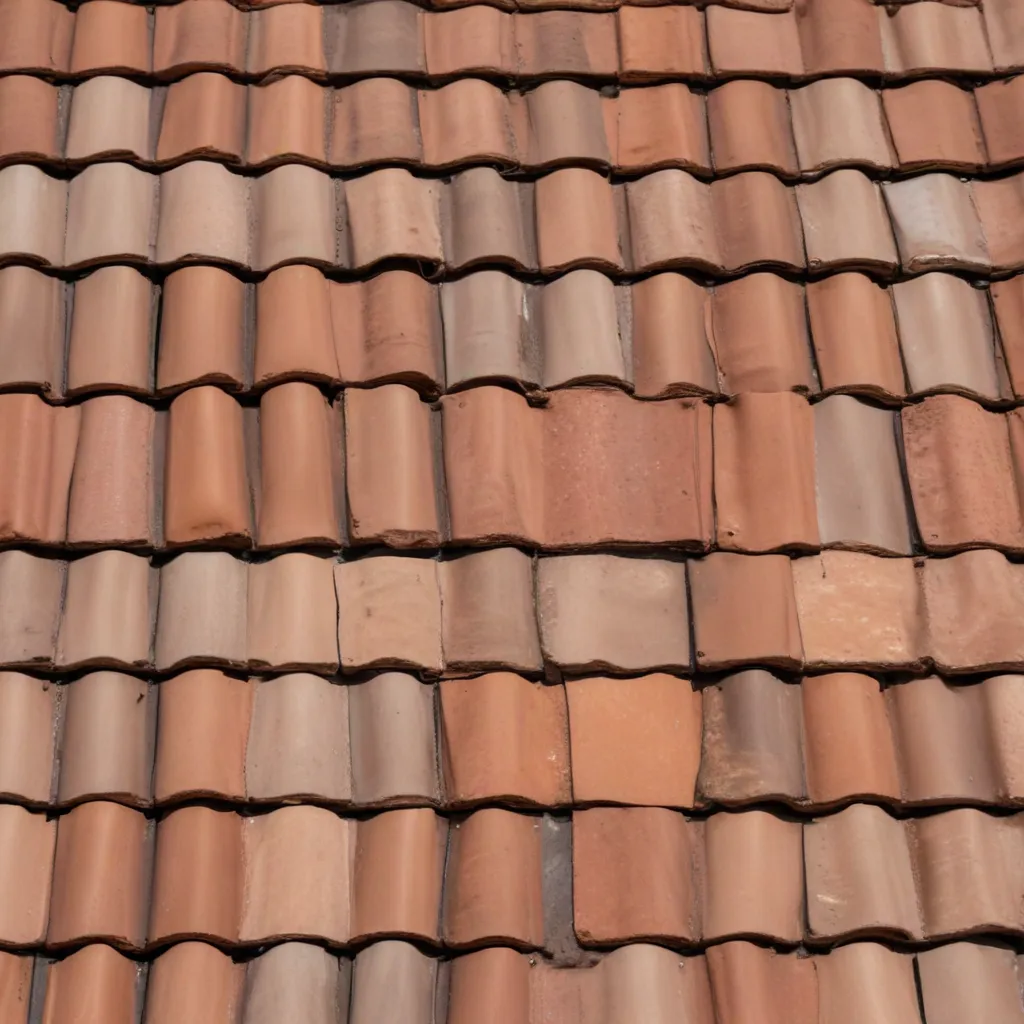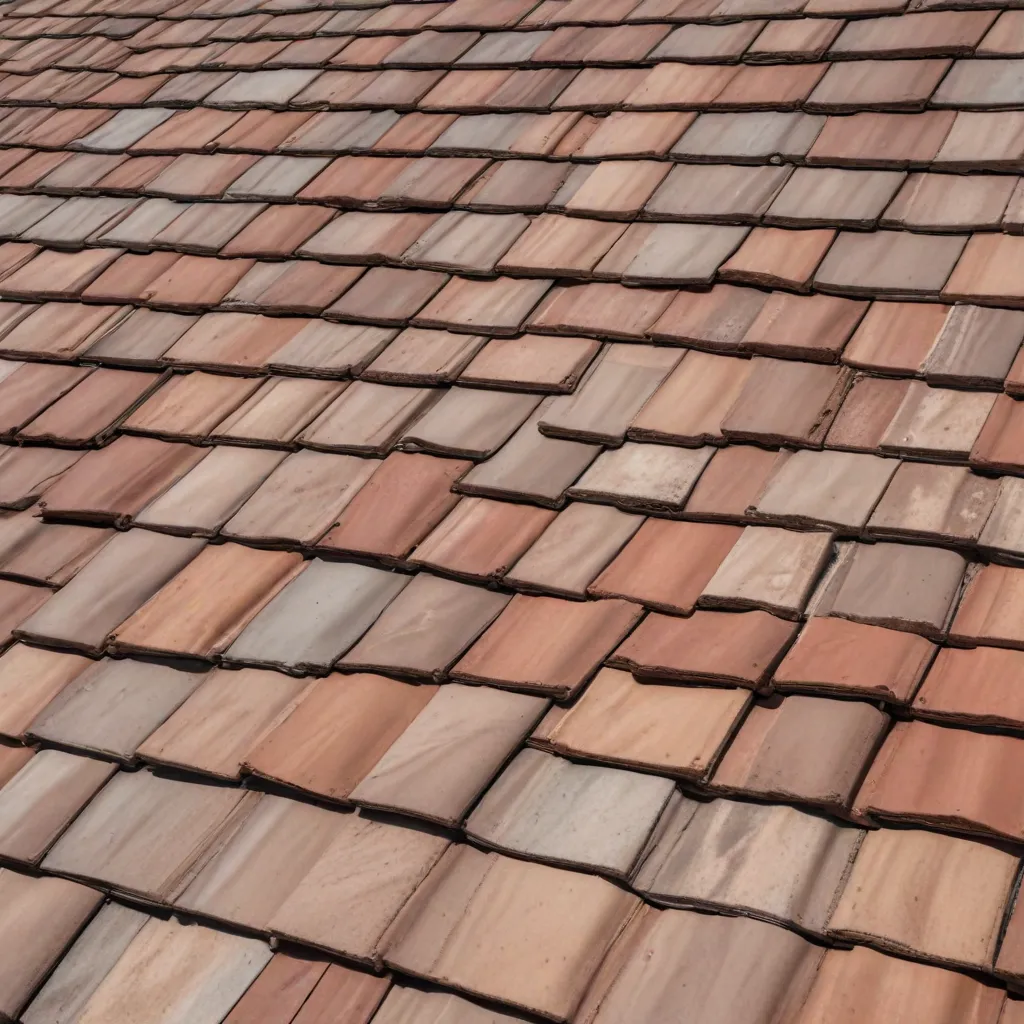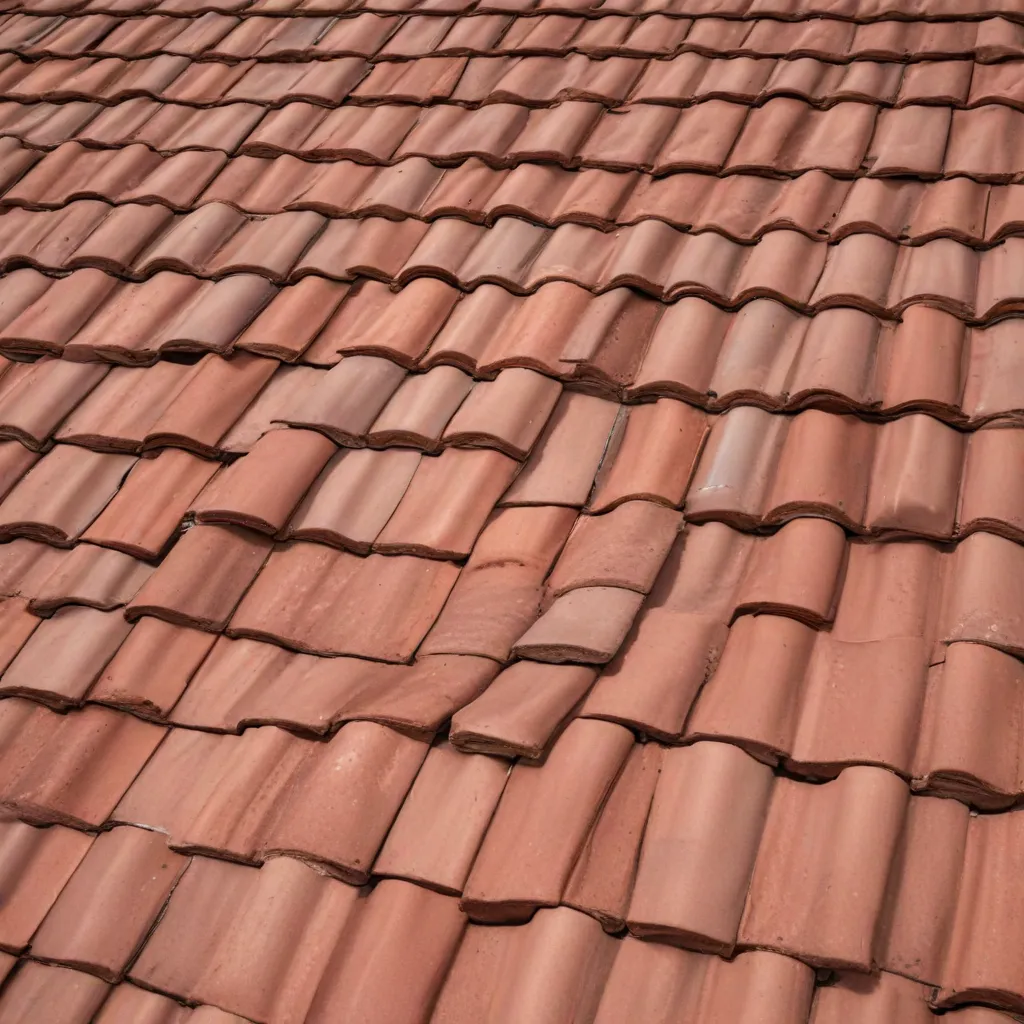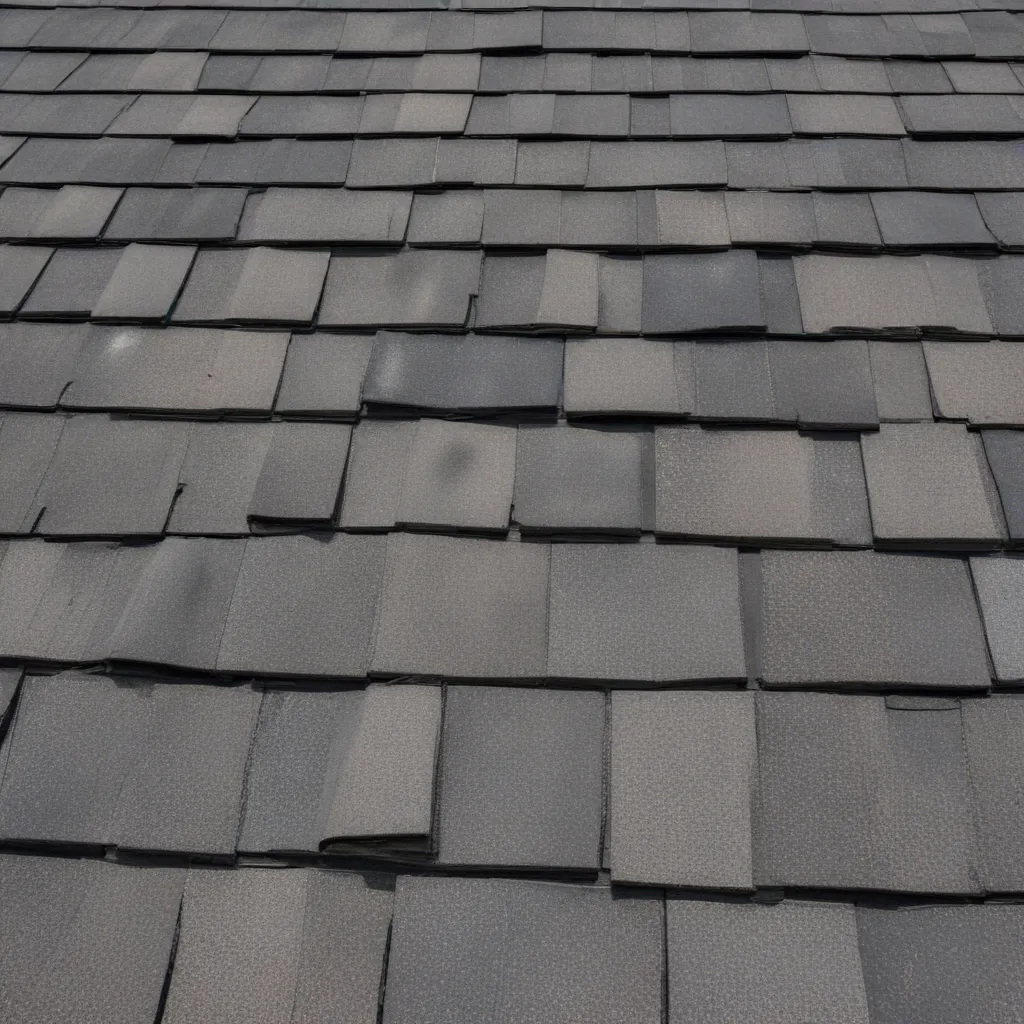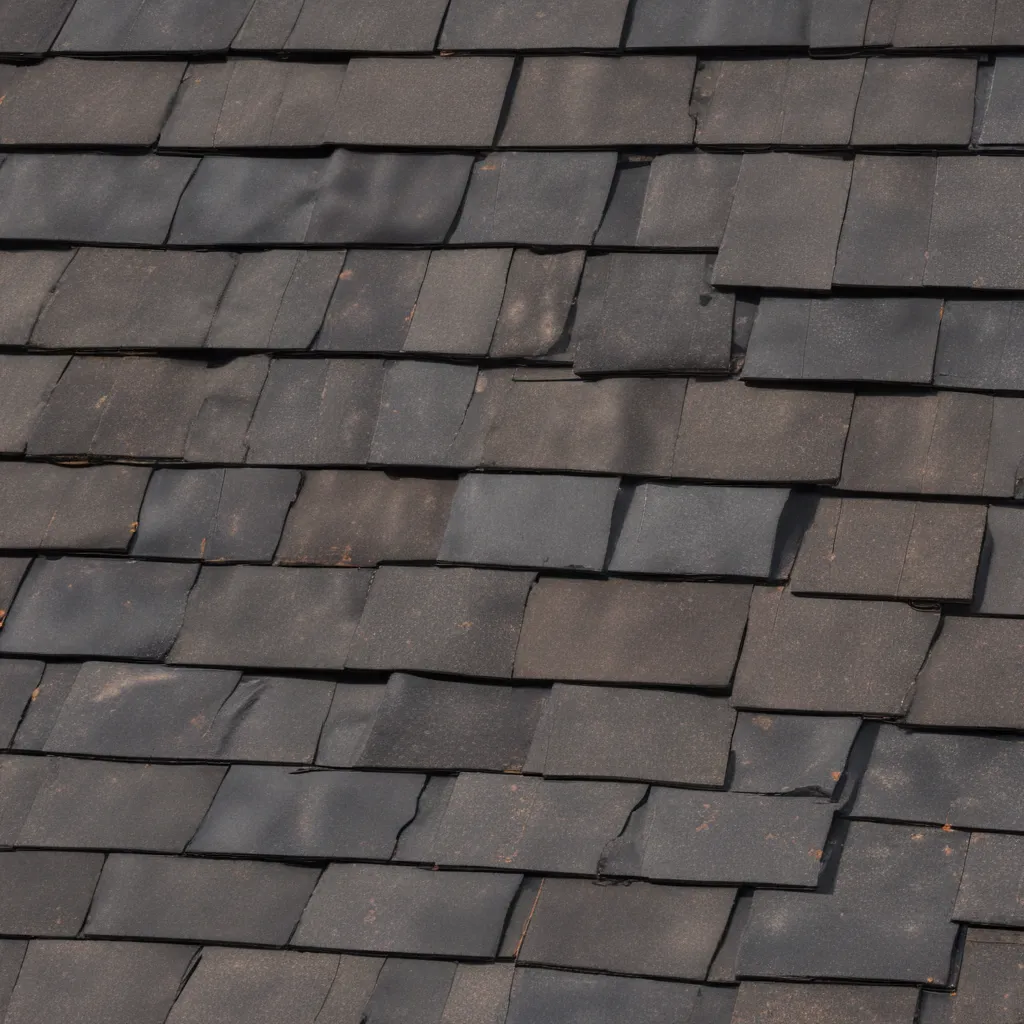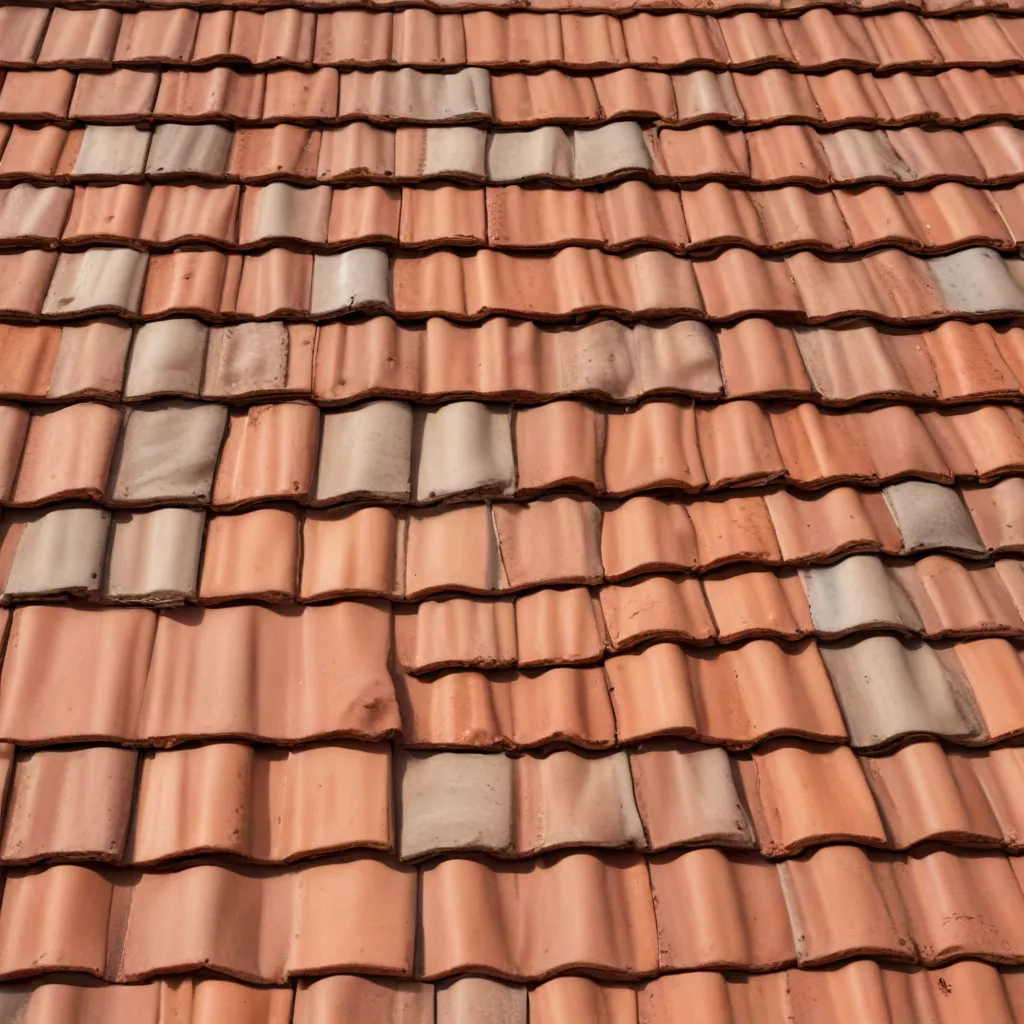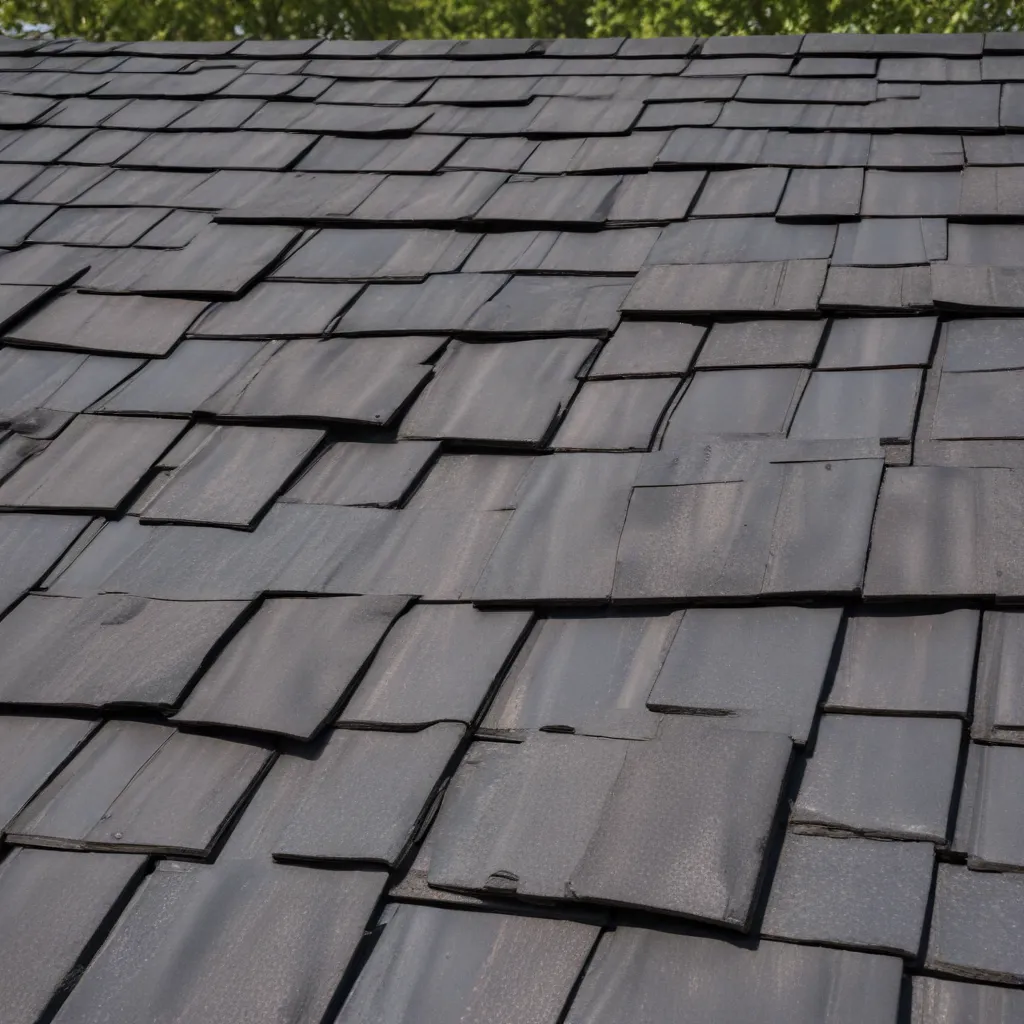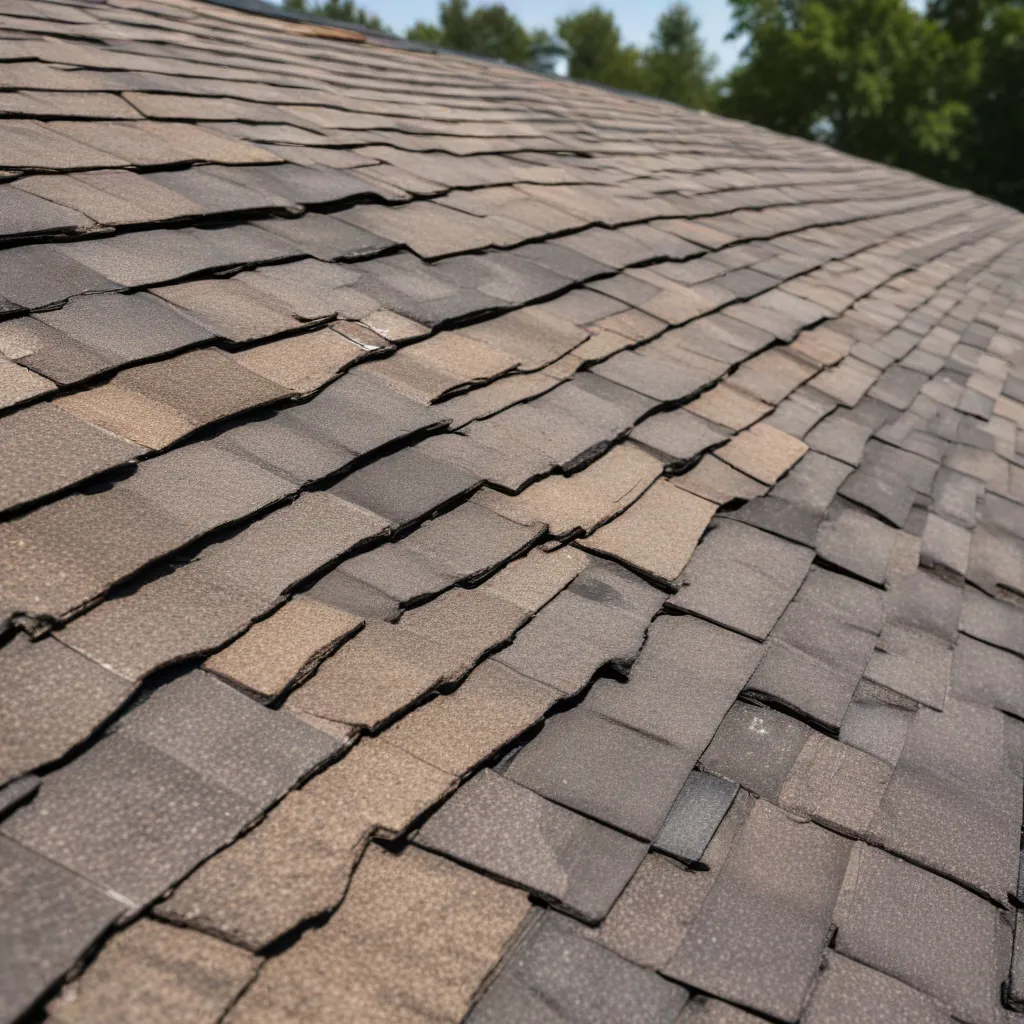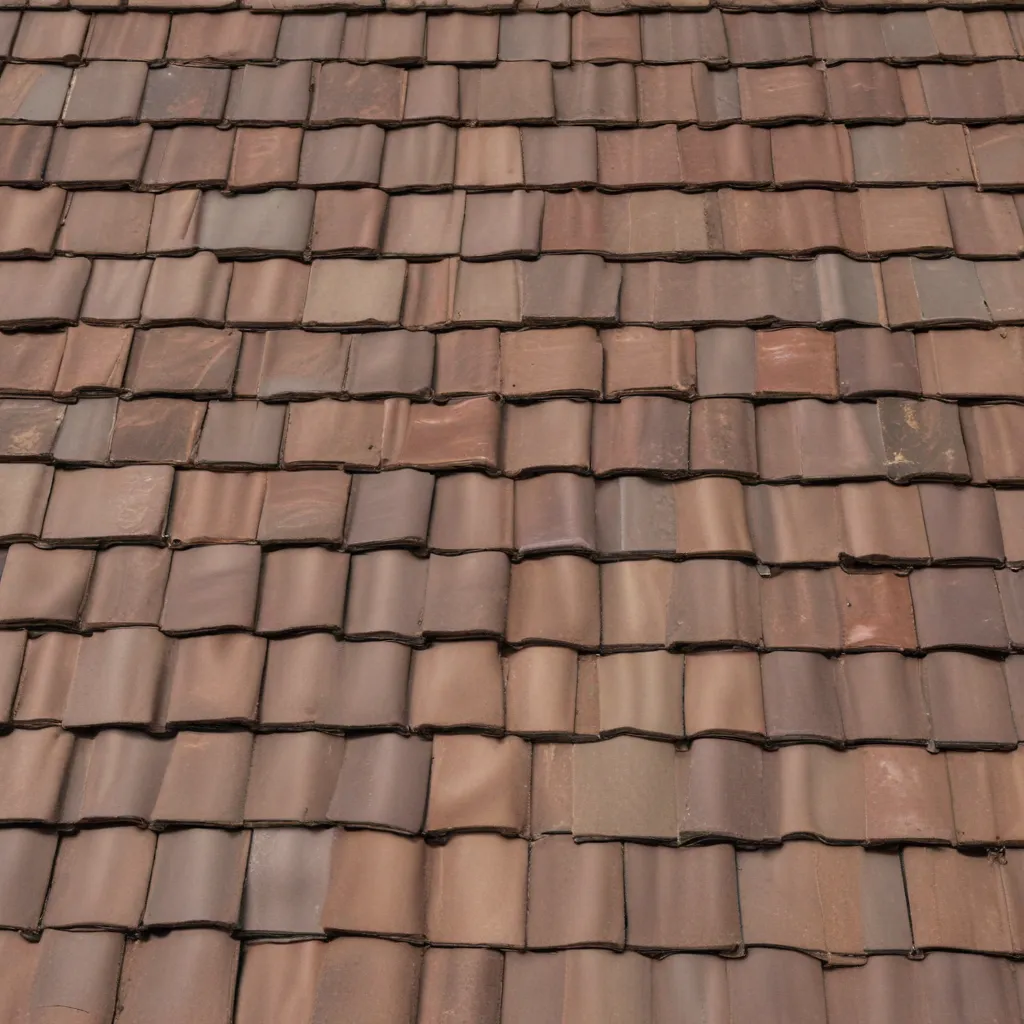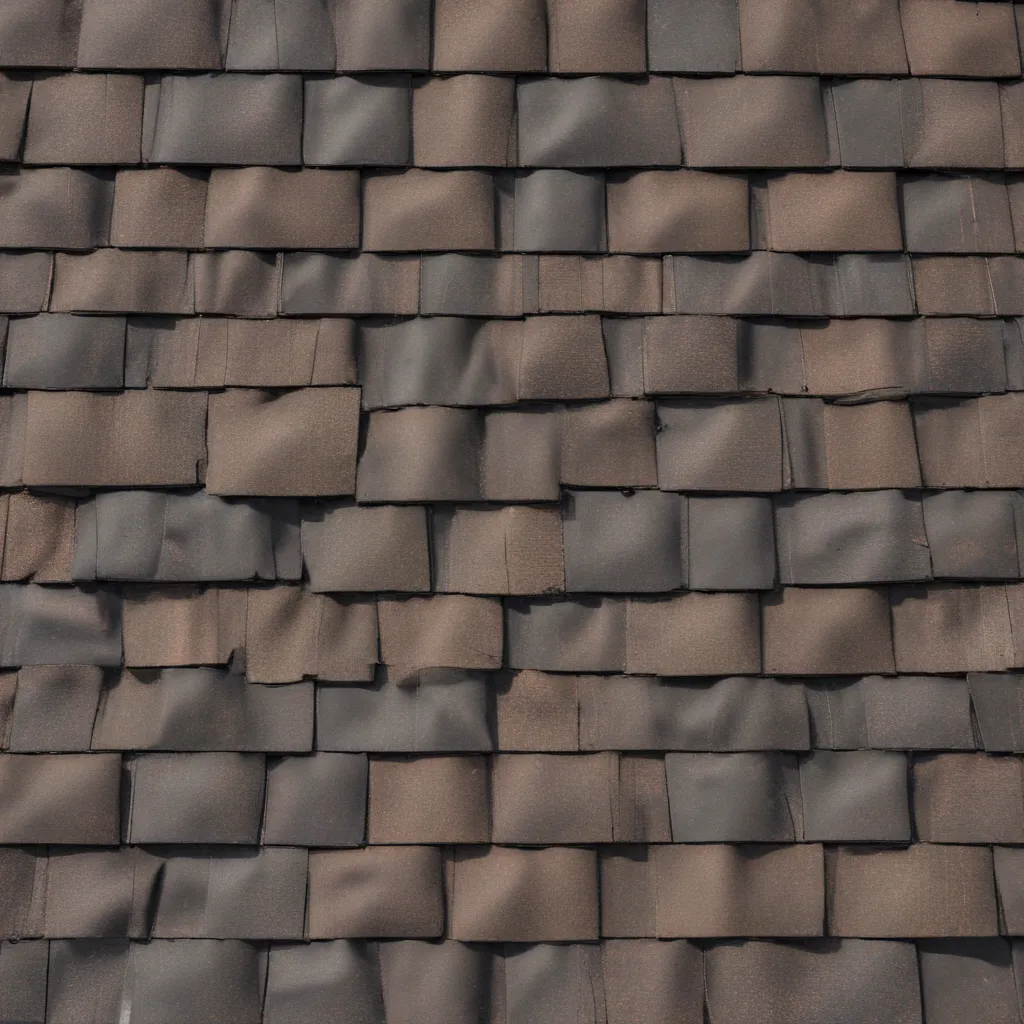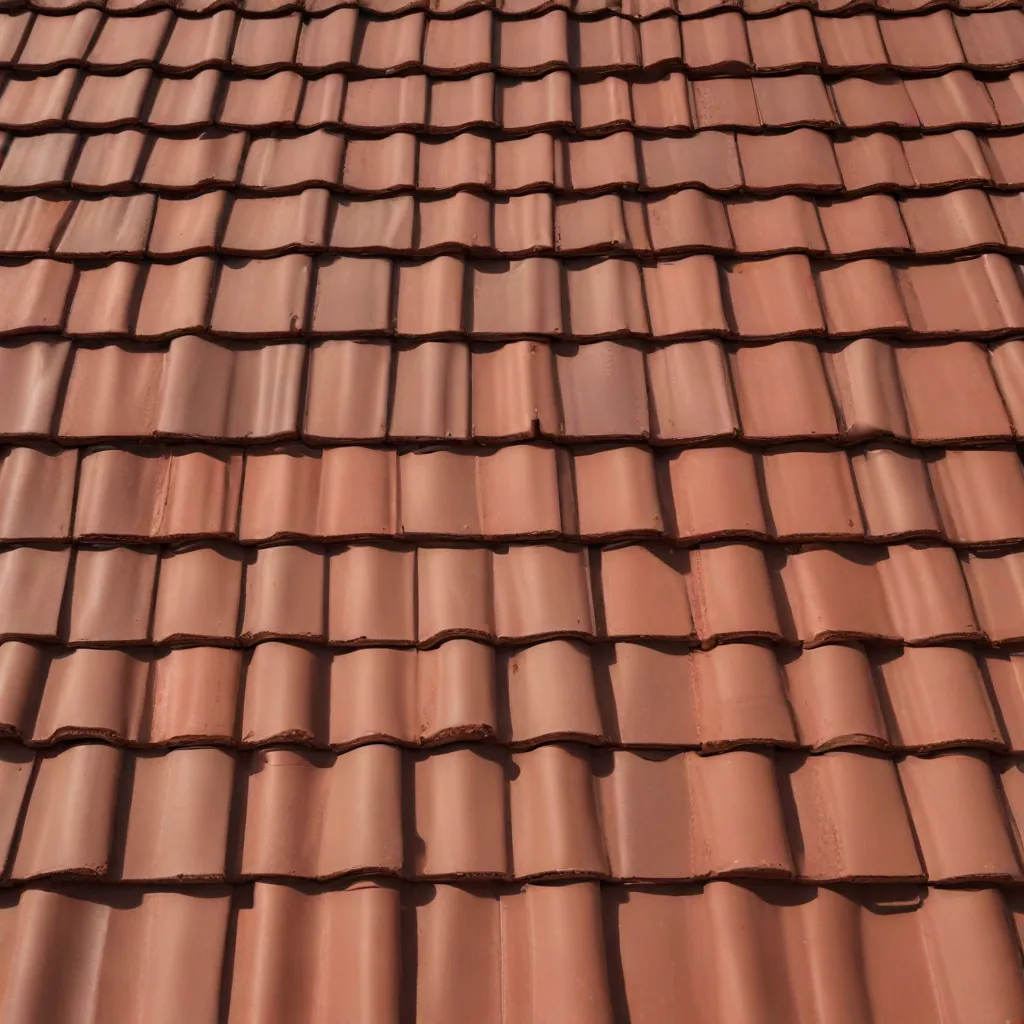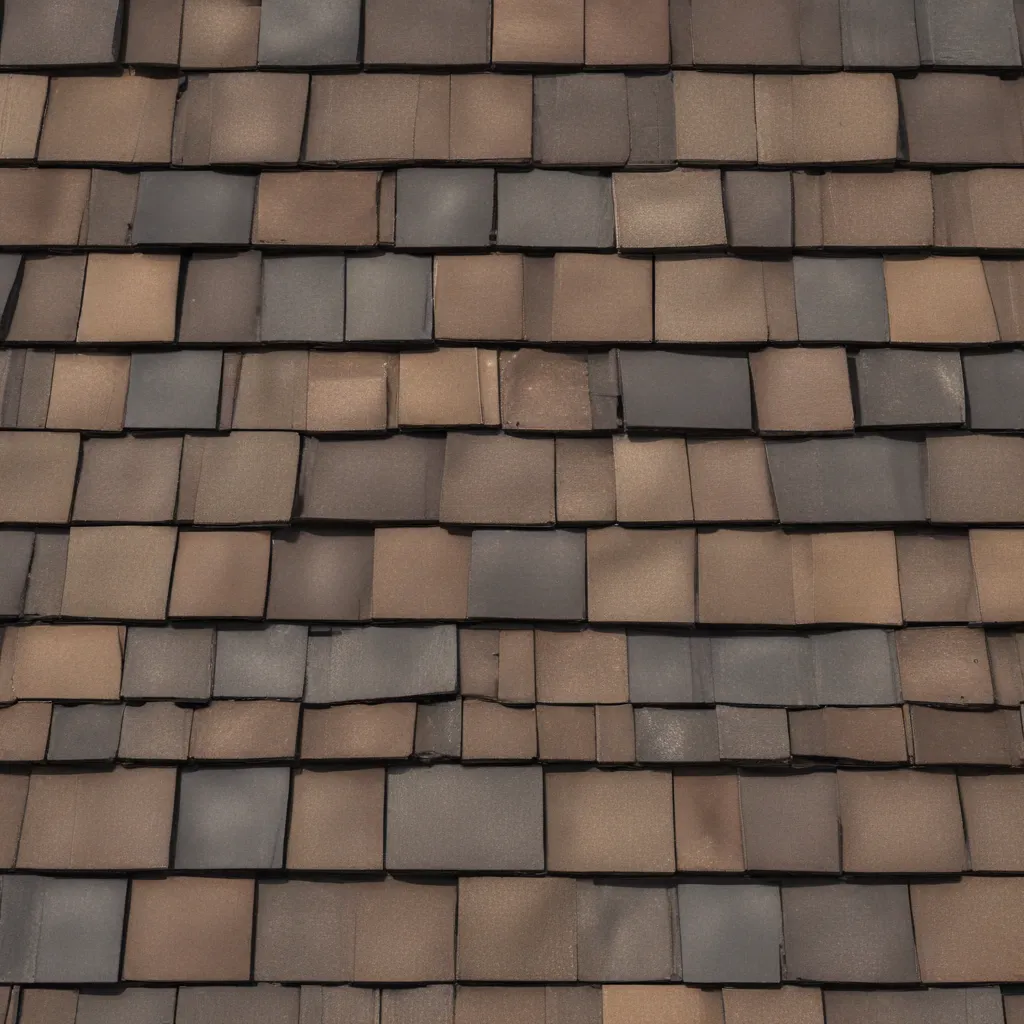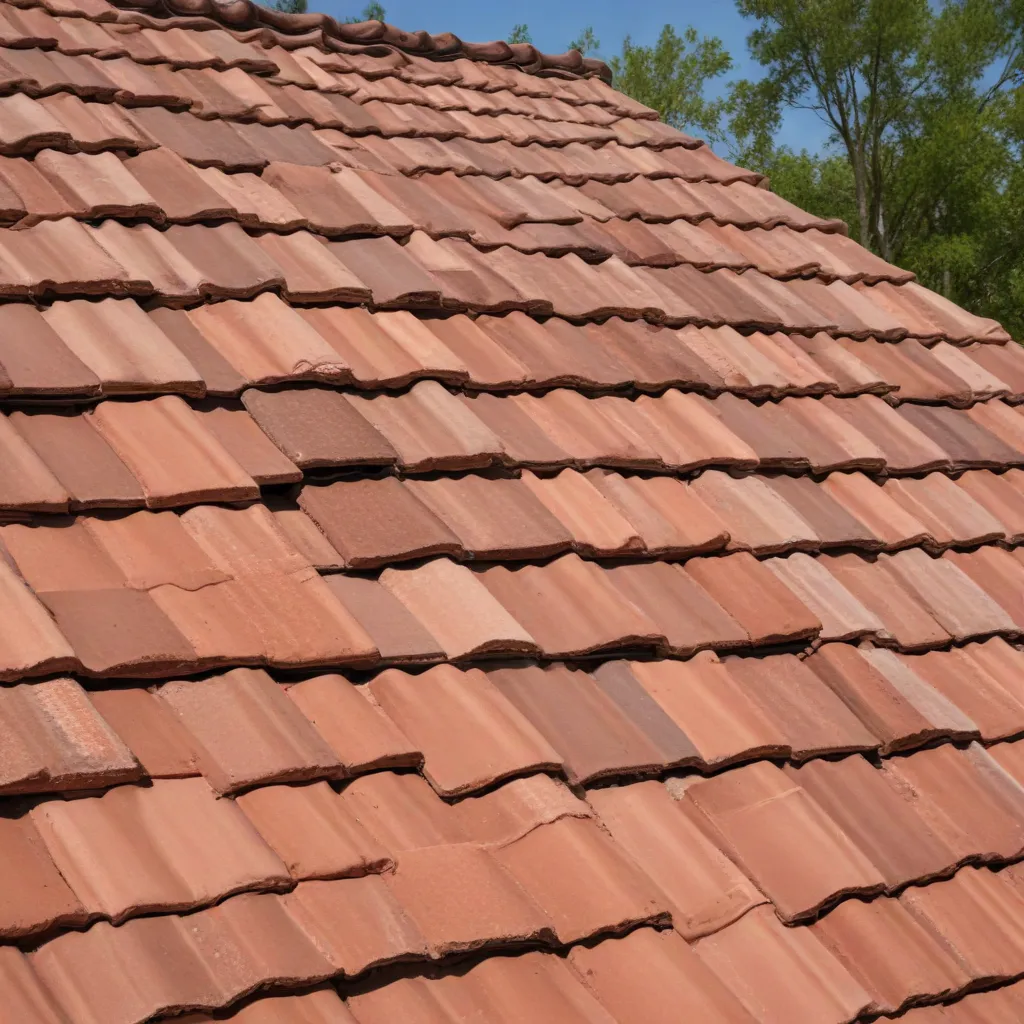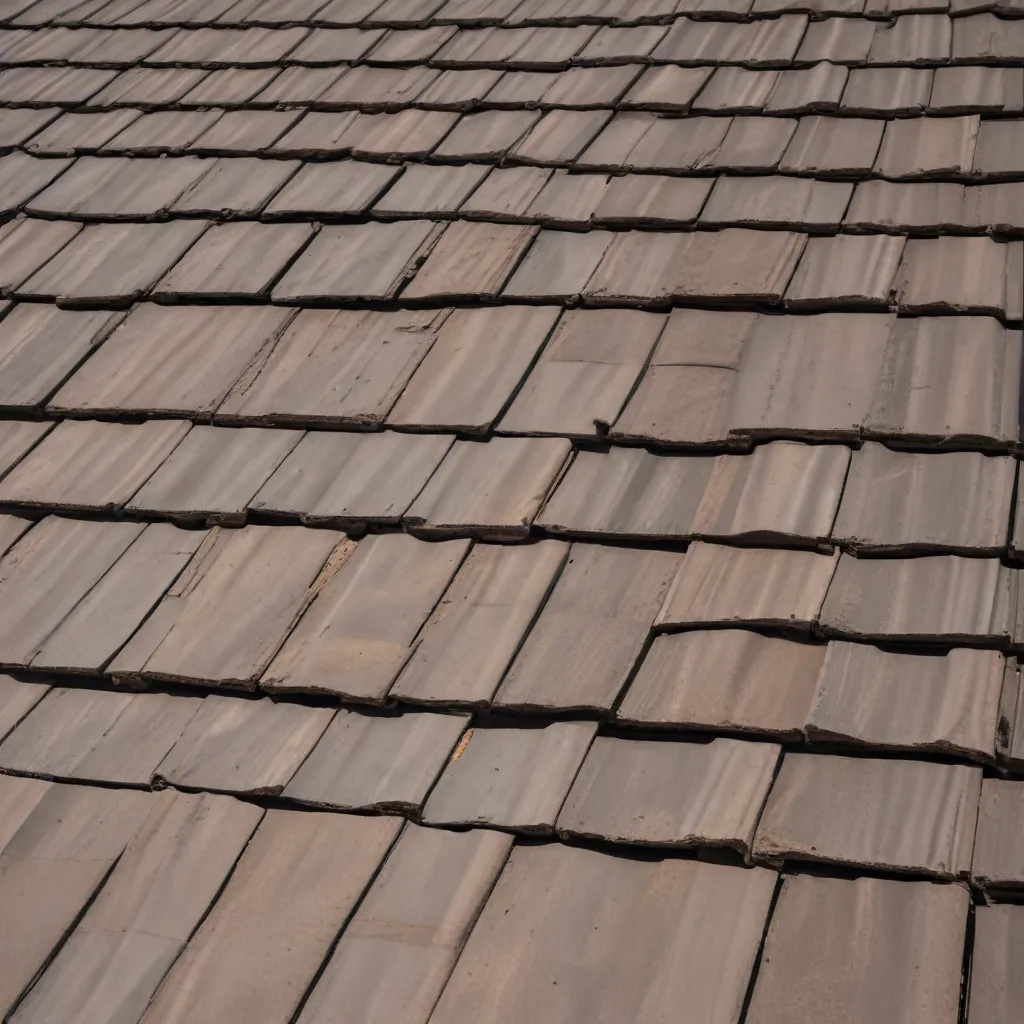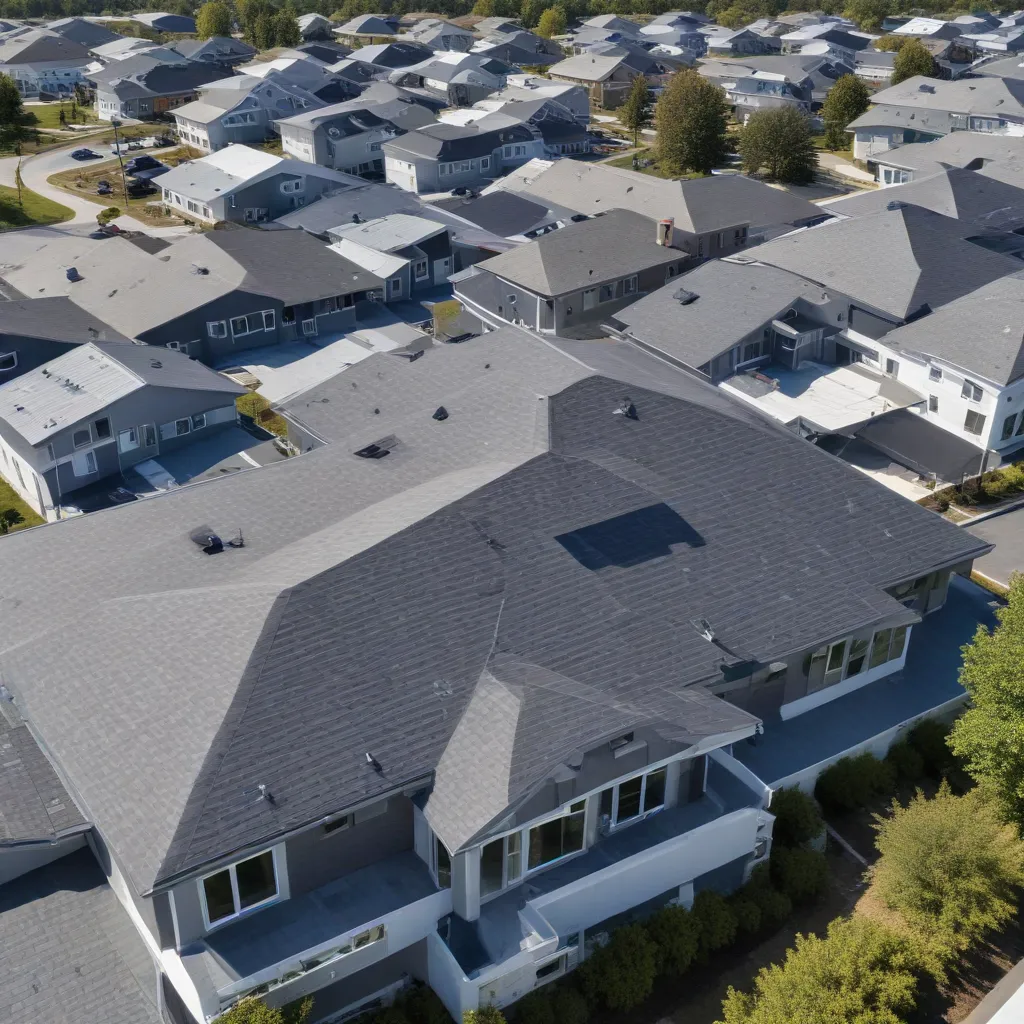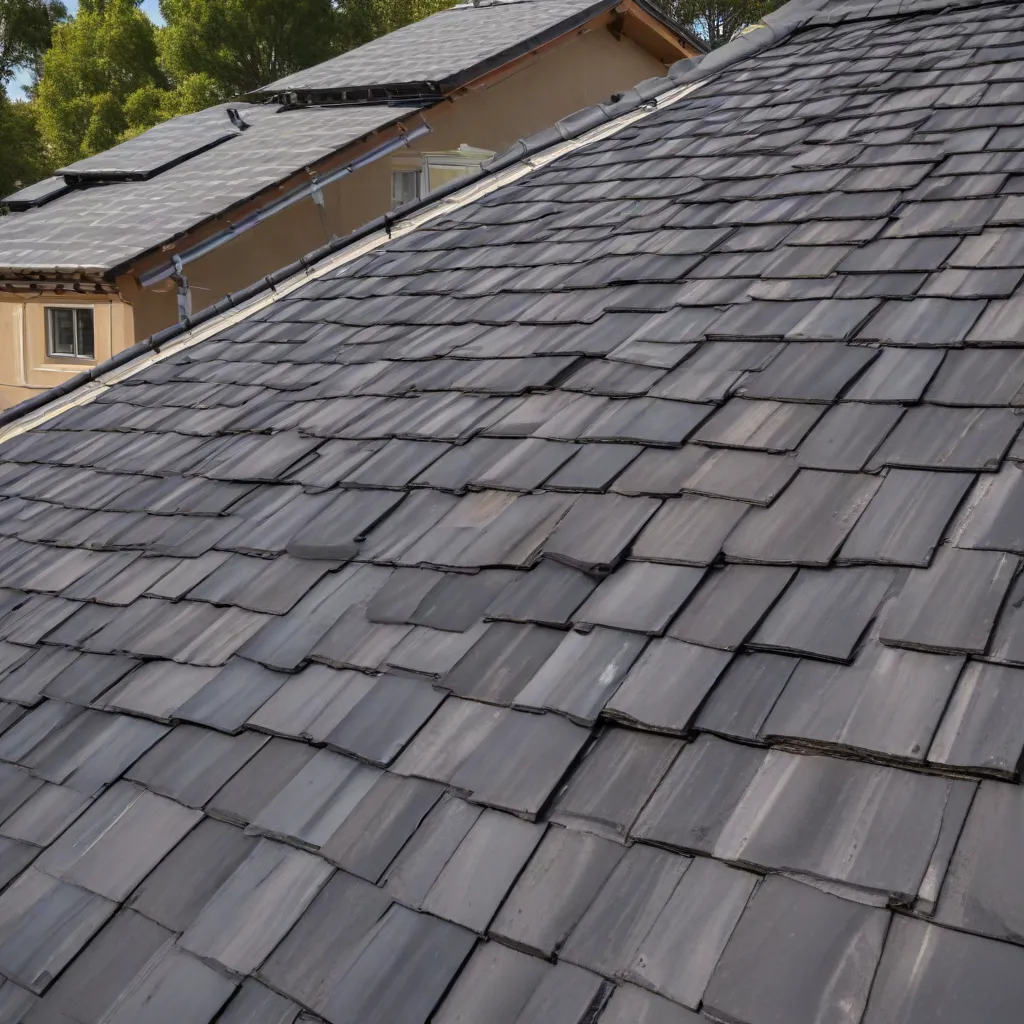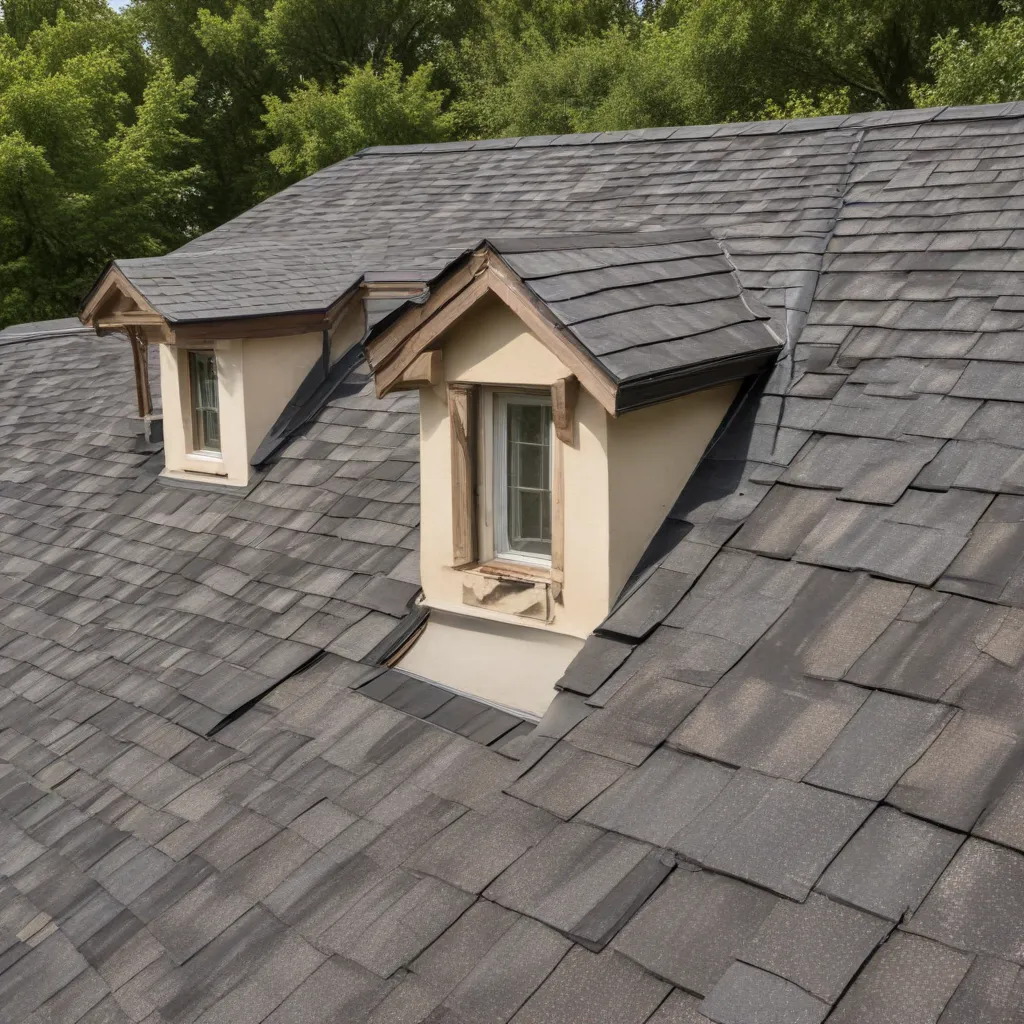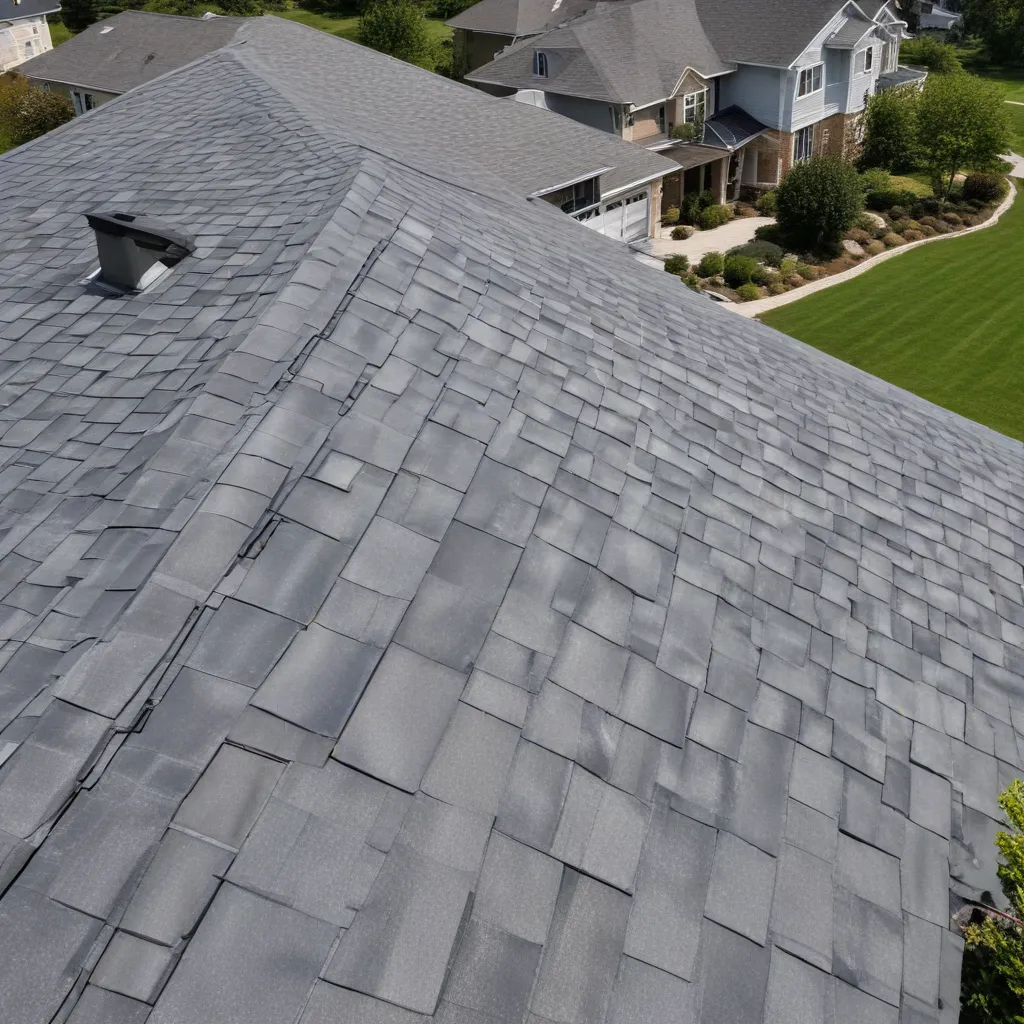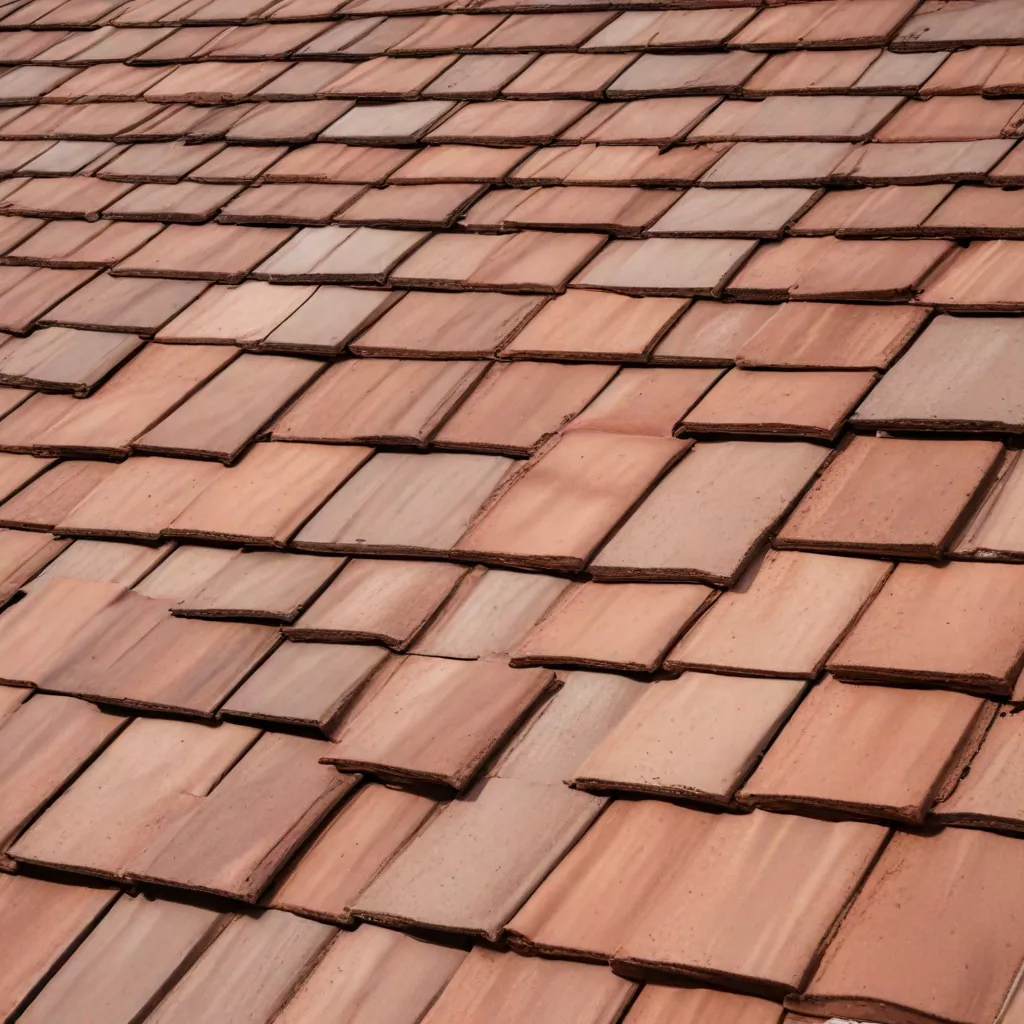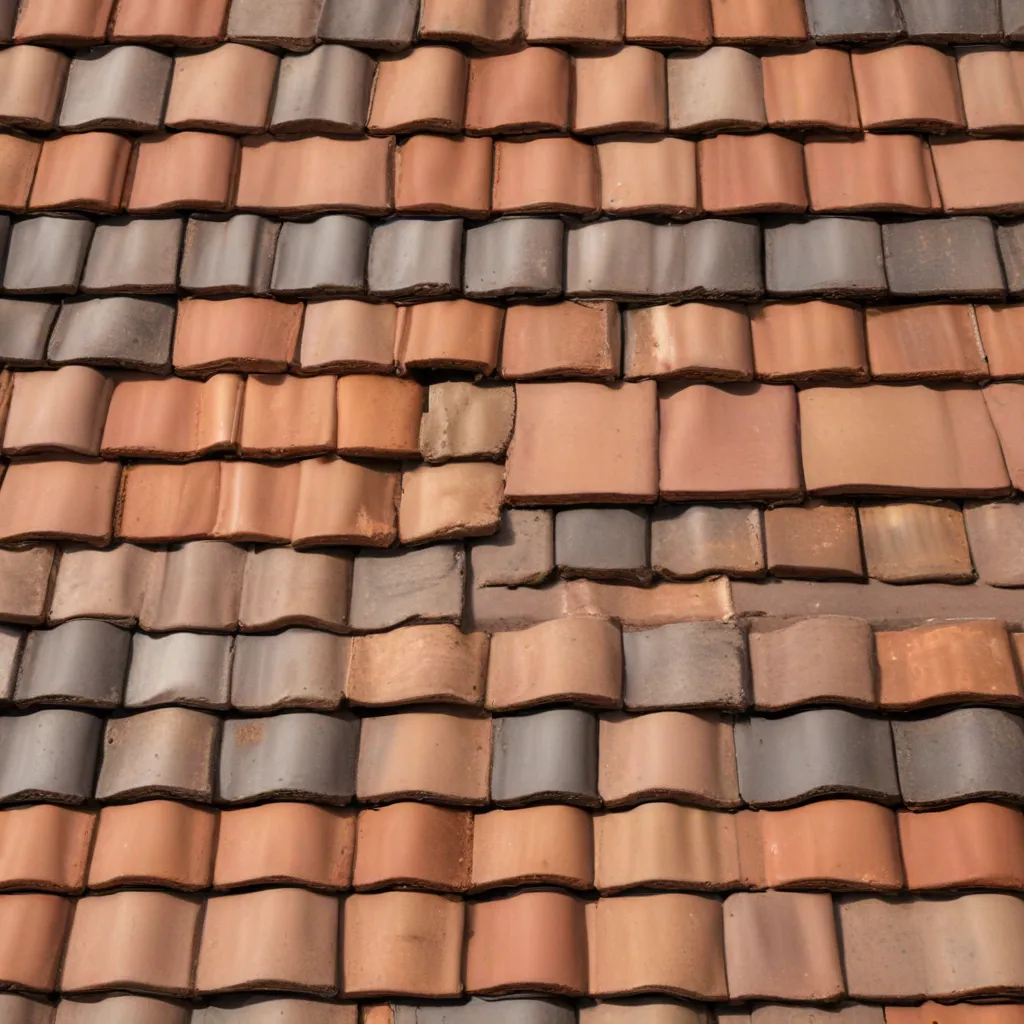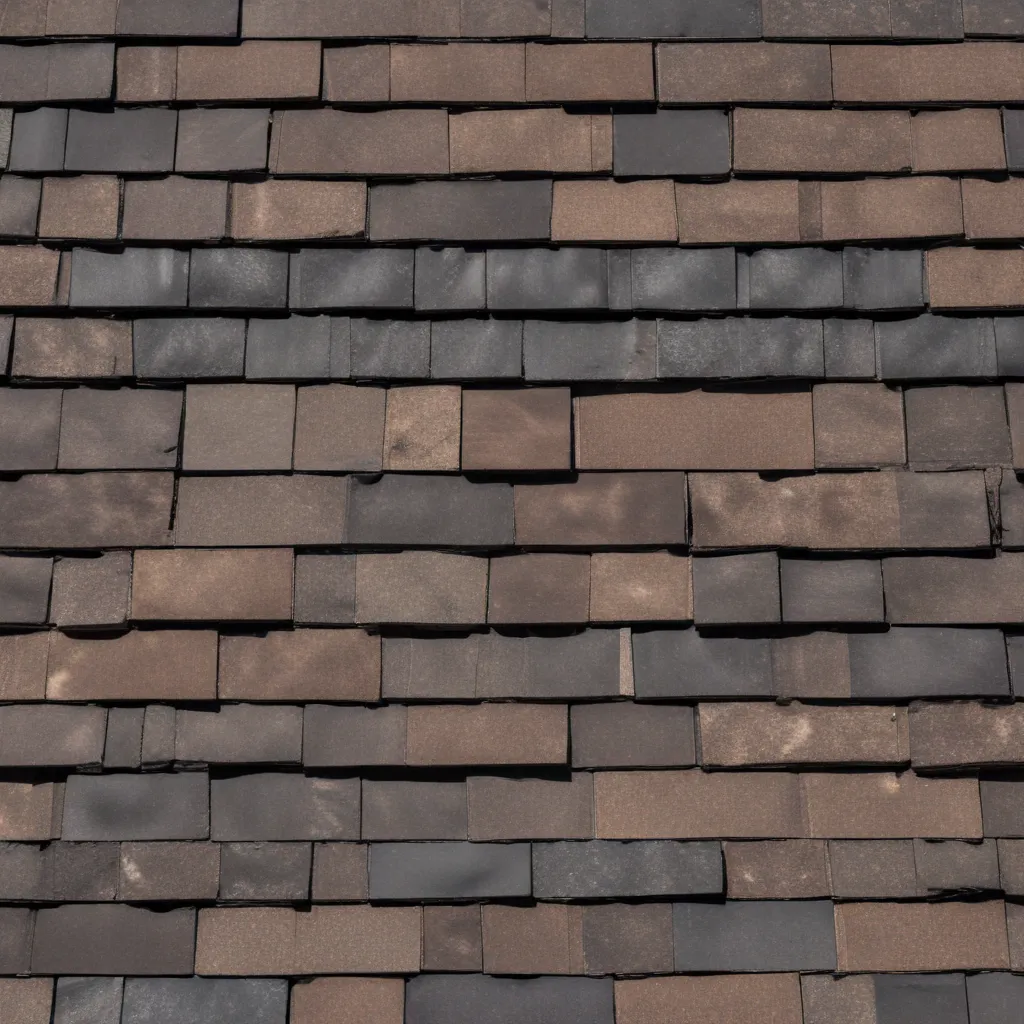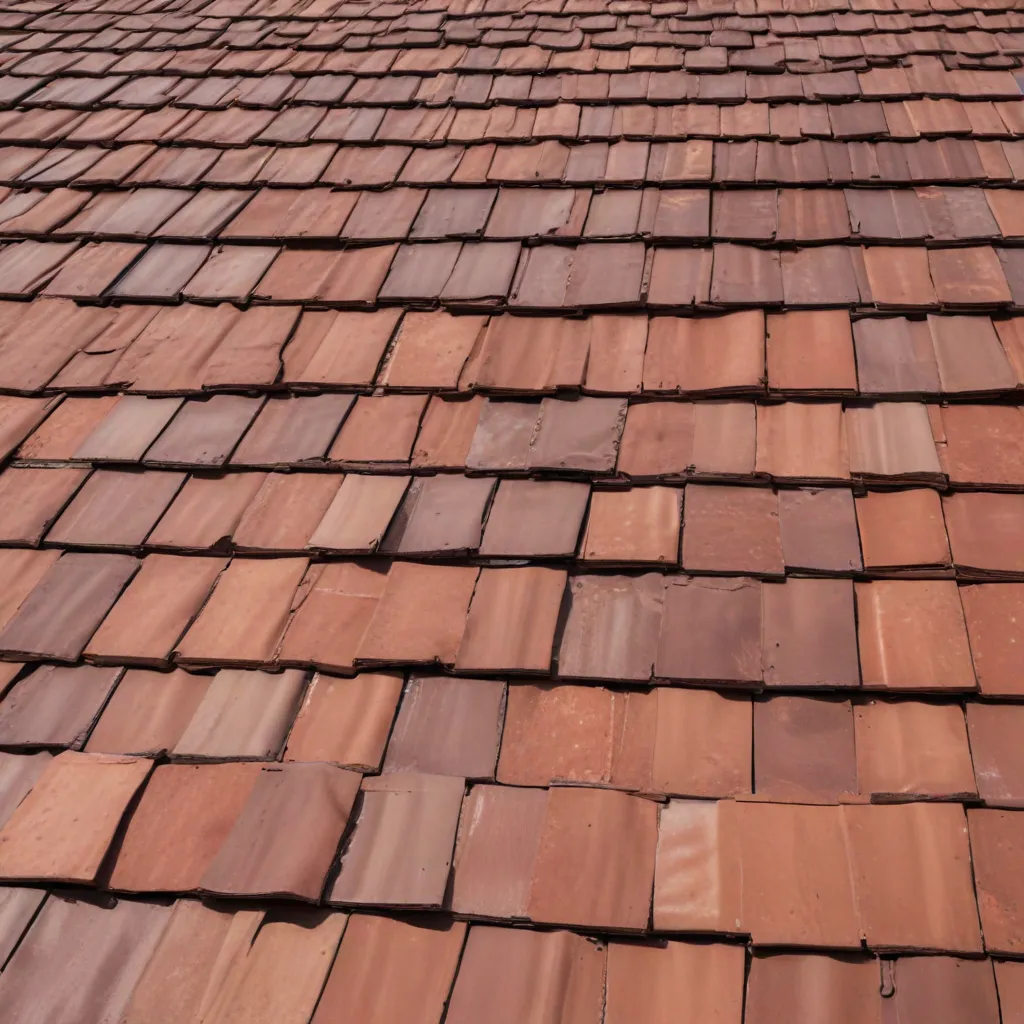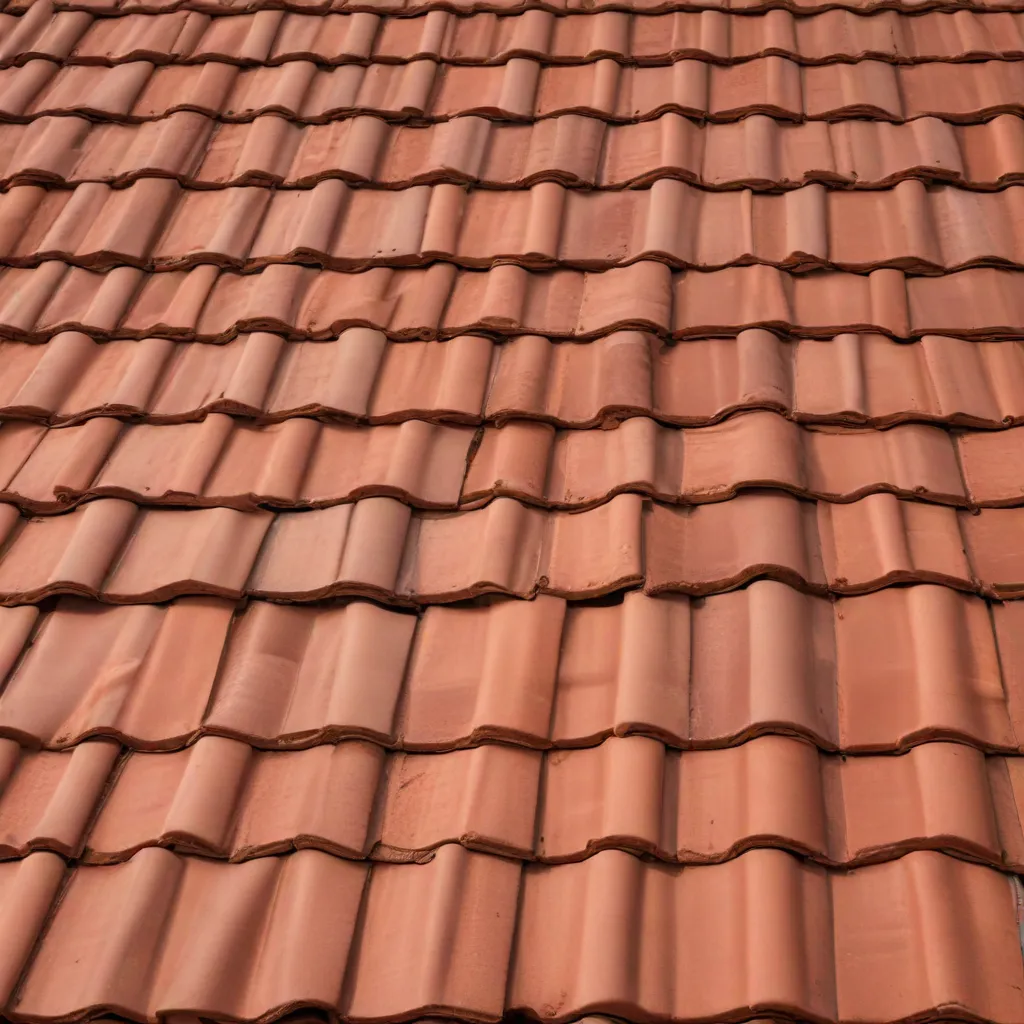
Tile roofing has long been recognized as a durable and visually appealing option for both residential and commercial properties. However, the true potential of tile roof systems goes far beyond their timeless aesthetic. With advancements in material science, installation techniques, and energy-efficient design, tile roofs are emerging as a revolutionary solution that can unlock a host of benefits for building owners.
Tile Roof Composition
At the heart of a tile roof system are the individual roofing tiles themselves. These can come in a variety of shapes, sizes, and materials, each offering unique characteristics. Clay tiles, for instance, are renowned for their exceptional durability and resistance to weathering, while concrete tiles provide a more cost-effective alternative with similar performance attributes.
The composition of these tiles is engineered to maximize their strength and longevity. Clay tiles are formed by firing high-quality clay at extreme temperatures, resulting in a dense, impervious surface that can withstand the elements for decades. Concrete tiles, on the other hand, are made by combining cement, aggregates, and pigments, allowing for a wider range of colors and custom design options.
Beyond the tile materials, the installation method plays a crucial role in the long-term performance of a tile roof system. Mechanically fastened tiles offer a secure and reliable attachment, while mortar-set tiles provide a more traditional aesthetic at the cost of increased maintenance requirements.
Tile Roof Structure
The structure of a tile roof system extends well beyond the visible tiles. A robust roof framing system, typically composed of wood trusses or metal rafters, provides the foundation for the entire assembly. This framing not only supports the weight of the tiles but also enables the integration of essential components like underlayment and ventilation.
The underlayment, a water-resistant barrier installed beneath the tiles, is a critical element in ensuring the roof’s weatherproofing capabilities. Advanced self-adhering underlayment materials, such as modified bitumen or synthetic polymer-based products, offer enhanced protection against water infiltration and superior tear resistance.
Proper ventilation and insulation are also vital components of a well-designed tile roof system. Ridge vents, soffit vents, and attic fans work in harmony to maintain optimal airflow, while insulation helps regulate the building’s temperature, contributing to energy efficiency.
Tile Roof Performance
The performance of a tile roof system is multifaceted, encompassing thermal efficiency, durability, and aesthetic versatility.
Thermal Efficiency
Tile roofing’s inherent thermal mass and low thermal conductivity make it an excellent choice for energy-efficient buildings. The tiles’ ability to absorb and slowly release heat helps regulate indoor temperatures, reducing the need for excessive heating or cooling. This thermal mass can significantly contribute to a building’s overall energy savings, particularly in hot climates where air conditioning demands are high.
Moreover, the inclusion of ventilation and insulation within the tile roof system further enhances its thermal performance. By creating a thermal barrier and allowing for proper airflow, these design elements work together to minimize heat transfer, leading to a more comfortable and cost-effective indoor environment.
Durability and Longevity
One of the most renowned attributes of tile roofing is its exceptional durability and longevity. Tile roofs are renowned for their resistance to weathering, withstanding the harsh effects of UV radiation, wind, hail, and heavy rainfall with minimal degradation over time.
The lifespan of a properly installed tile roof can extend well beyond 50 years, making it a sound long-term investment for building owners. This extended service life not only reduces the need for frequent replacements but also minimizes the environmental impact associated with roofing materials.
Aesthetic Versatility
Tile roofing systems offer an unparalleled level of aesthetic versatility, allowing building owners to tailor the appearance of their roofs to their desired architectural style. From the classic Mediterranean look of curved clay tiles to the contemporary charm of flat concrete tiles, the design possibilities are vast.
This aesthetic flexibility enables tile roofs to seamlessly integrate with a wide range of building types, from historic homes to modern commercial structures. The ability to choose from a diverse palette of colors, textures, and profiles empowers building owners to create a cohesive and visually appealing exterior that enhances the overall appeal of their property.
Tile Roof Sustainability
The sustainability of tile roofing systems extends beyond their long-term durability, encompassing both environmental impact and energy-efficient design.
Environmental Impact
Tile roofing materials are inherently sustainable, with many manufacturers incorporating recycled content into their products. The clay and concrete used in tile production can often be sourced from renewable or recycled sources, reducing the demand for virgin raw materials.
Additionally, at the end of a tile roof’s lifespan, the tiles can be recycled or repurposed, minimizing the amount of waste that ends up in landfills. This closed-loop lifecycle aligns with the principles of a circular economy, making tile roofing a responsible choice for eco-conscious building owners.
Energy-Efficient Design
Tile roofs’ thermal mass and reflective properties contribute to their energy-efficient performance. The ability of tiles to absorb and slowly release heat can help regulate indoor temperatures, reducing the need for active cooling or heating systems. This passive solar heating potential can lead to significant energy savings and reduced greenhouse gas emissions over the life of a building.
Furthermore, the light-colored surface of many tile roofs allows them to reflect a significant portion of the sun’s infrared and ultraviolet rays, further enhancing their energy-saving capabilities. This reflectivity, often quantified through solar reflectance and thermal emittance values, can be further improved through the use of specialized coatings or glazes.
Tile Roof Innovations
As the construction industry continues to evolve, tile roofing systems are at the forefront of innovative solutions that push the boundaries of what is possible.
Emerging Technologies
One such innovation is the integration of smart tile systems, which combine the durability and aesthetics of traditional tile roofing with the capabilities of advanced technology. These smart tiles can incorporate sensors that monitor environmental conditions, energy-generation capabilities through photovoltaic cells, and even wireless communication to optimize the building’s energy performance.
Another groundbreaking development is the incorporation of solar power into tile roof systems. Solar-integrated tiles seamlessly blend photovoltaic cells into the tile design, allowing building owners to harness the power of the sun while maintaining the timeless appeal of a tile roof. These solar-powered tile systems offer a compelling solution for those seeking to reduce their carbon footprint and increase their energy independence.
Maintenance and Repair
While tile roofs are renowned for their longevity, occasional maintenance and strategic repair may be necessary to ensure their continued performance. Routine inspections to identify potential issues, such as cracked or displaced tiles, loose fasteners, or deteriorating underlayment, can help prevent more significant problems down the line.
When repairs are required, skilled roofing contractors can employ specialized techniques to restore the roof’s integrity. Tile replacement, sealant application, and underlayment repair are just a few of the strategies used to extend the lifespan of a tile roof system. By proactively addressing these maintenance needs, building owners can maximize the durability and efficiency of their tile roofs.
In conclusion, the potential of tile roof technology extends far beyond its timeless aesthetic appeal. From its exceptional thermal efficiency and durability to its sustainable and innovative features, tile roofing offers a comprehensive solution that can meet the diverse needs of both residential and commercial building owners.
As the construction industry continues to prioritize energy-efficient and environmentally responsible building practices, tile roofing stands out as a compelling choice that delivers long-term performance and value. By unlocking the full potential of tile roof systems, building owners can not only enhance the visual appeal of their properties but also contribute to a more sustainable future.

